More than a facelift
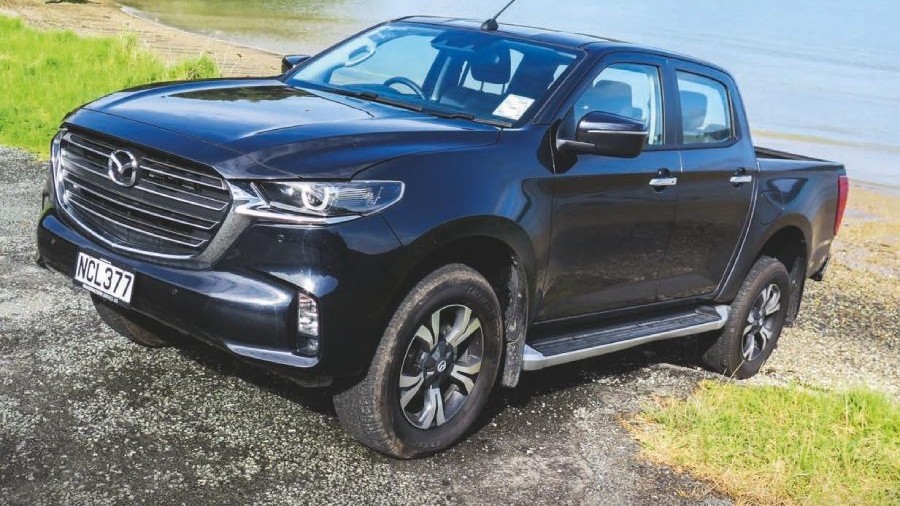
When the latest Mazda BT-50 was revealed, the big news was that it no longer owed much of the business beneath the skin to Ford.
Instead, its mechanical and structural framework was developed with Isuzu and is shared with the latest D-Max. As a result Mazda says this is an entirely new ute – only the steering wheel badge was carried over.
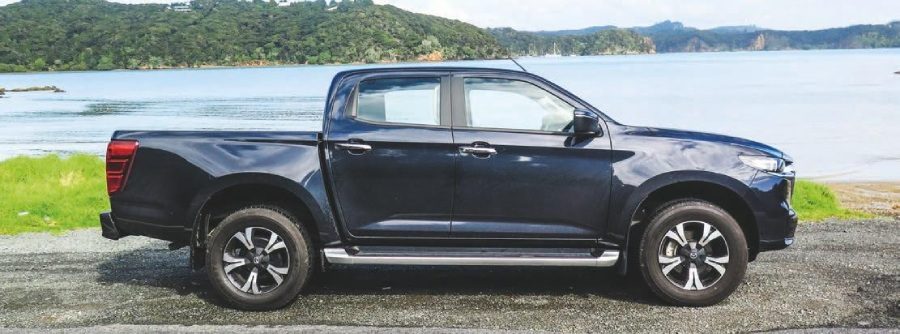
Launched late last year, all variants of the starting line-up get the 3.0-litre turbo diesel, matched to a six-speed auto.
There is no manual, and no single-cab or cab-chassis versions, though demand could see those added to the local line-up.
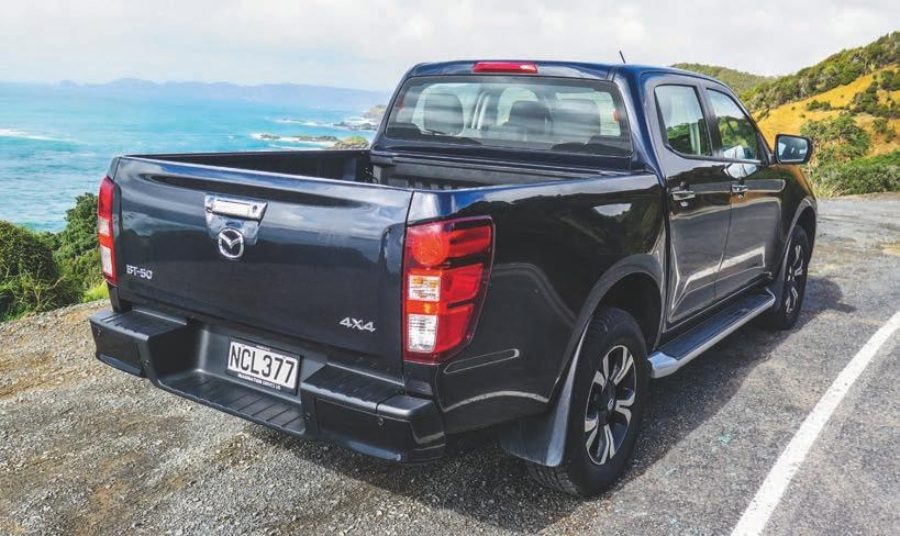
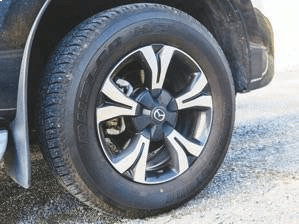
Mazda reckons about 94% of the ute market is in double cabs, 86% of those use auto transmission, and 59% are 4×4. It has therefore also introduced a more affordable 2×4 range, starting at $47,490 for the GSX 2WD, with the top-spec two-wheel-drive just $500 less than lowest-spec 4×4 in price, the four-paw line- up opening at $54,490.
We sampled the BT-50 GTX 4×4, a step below the Limited, at $58,490. This gets you four-wheel-drive with a locking rear diff, 18-inch alloy wheels on Highway-Terrain tyres, automatic LED headlights and LED running lamps with auto levelling, plus fog lamps.
Rain-sensing wipers and dual-zone climate control keep the weather at bay. There’s a nine-inch infotainmenttouchscreen with a 4.2-inch multi-info display for the driver.
Two charging ports, satnav,wireless Apple CarPlay and Android Auto are included.
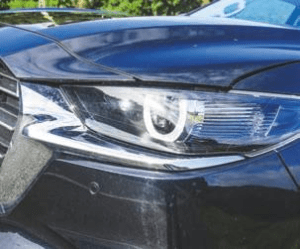
Active and passive safety tech includes adaptive cruise control with auto stop and go, auto emergency braking capable of detecting pedestrians and bicycles, a blind-spot monitor, forward- collision warning, rear cross-traffic alert, a reversing camera start your engine remotely.
If those don’t matter to you,you’ll save a good $2500 up-front. few days of moving house, and so the ute was used as a back-up shuttle, with some extended Northland back- road, wet boat ramp and grass jaunts thrown in.
The first thing to note was this Mazda nudges the on-road drive feel of a ute a whisker closer to that of an SUV.
Sure, unladen, it’s still noticeably lighter out back, with a bit more jiggle over rougher surfaces – both But even when empty, it proved a tad more composed on road, enough to suggest that with a full load it’d likely feel as refined as any ute-based SUV. And even with a modest load, that jiggle was largely addressed.
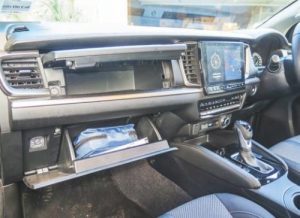
This motor isn’t as powerful as its Ford-sourced predecessor, but it is lighter:Mazda claims a bit morespeed as a result, and the auto is certainly impressive. The combo of low-end torque and good traction control systems meant low range was overkill in all the terrain we sampled.
But feedback from those who have off-roaded it suggests it holds its own in this bracket.
Mazda claims 8.0l/100km economy overall: after 335km of largely semi-urban or rural hilly driving with very little highway cruising, we returned 9.9l/100km.
The ergonomics were good, and it was easy to adjust the driver environment both for this tester and her much meatier spouse.
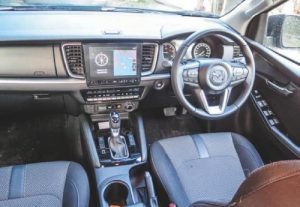
Nice little and rear parking sensors, plus traffic sign recognition – yes, the speed sign will show in the instrument panel, so there’s no excuse for missing it.
You also get trailer-sway control, lane-departure prevention, and more.
Both the Mazda and Isuzu utes score five-star crash-test ratings, but Mazda’s sharper front-end design loses it points in the vulnerable road-user impact category, and in hits with pedestrians.
The GTX we drove doesn’t give much away to the Limited. Okay, your exterior mirrors aren’t chrome-trimmed and heated, your cab headliner isn’t black, you get six speakers instead of eight, your front seat isn’t heated and, most obviously, it has cloth seats instead of the Limited’s brown leather.
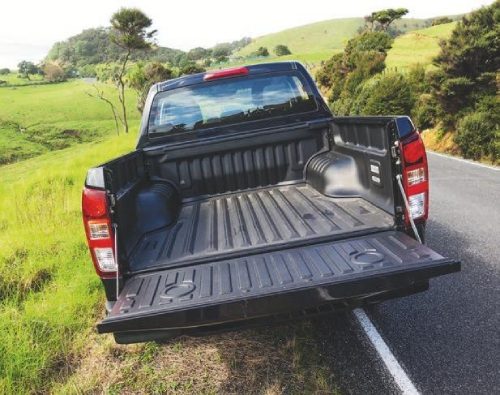
And you can’t touches include a bag or coat-hanger hook behind the front passenger seat – great to prevent take-away spillage – and the roomy second glovebox. The ancillaries were all easy to use, with the ute’s ability to read and display speed signs – which we’d anticipated might irritate – much appreciated.
It’s easier than you think to miss one when traffic is thick, or you’re hunting for road names, so the fact it’s visible in the instruments in front of you if needed is a bonus.
Really the only electronic irritant was the lane-keeping system, which felt a touch too intrusive, especially on narrow country roads. Skimming a white line, diverting to avoid debris, broken tarmac edges, or a cyclist resulted in an immediate warning.
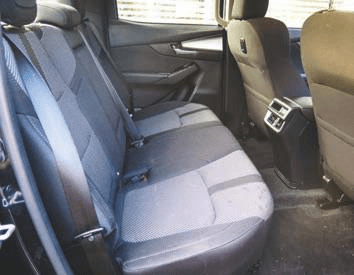
It can be switched off, but not with ease – or while moving. Yes, it’s useful on long trips where fatigue might cause you to stray off course, or around town where distractions might do the same.
It’d take a back-to-back test for a firm result, but our feeling is this Mazda stands up there with the latest Hilux and Ranger for the best ute you can buy.
That said, New Zealand pricing may discourage those seeking a workhorse who don’t factor in looks. Matched spec puts it above the Isuzu and Ford in the value stakes, where Hilux leads.
But this is undeniably a handsome ute, eschewing the more common, American-influenced blunt front for a sleeker, Mazda-family look, without losing its long- appreciated capability on worksites and farms.
Read more
Star bright
0 Comments6 Minutes
If the cap fits
0 Comments13 Minutes
Is this the future?
0 Comments8 Minutes





